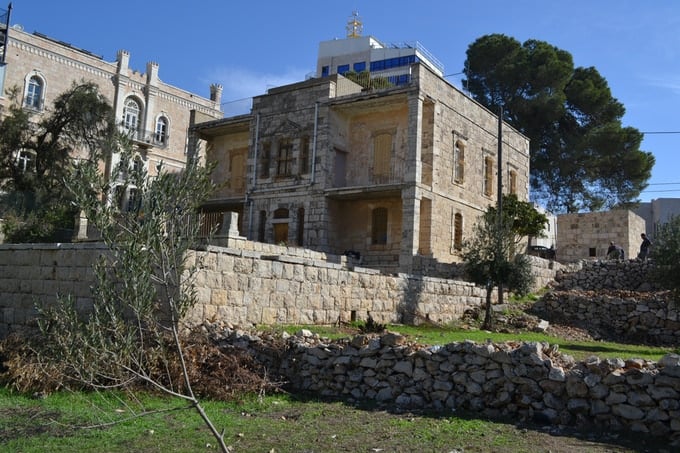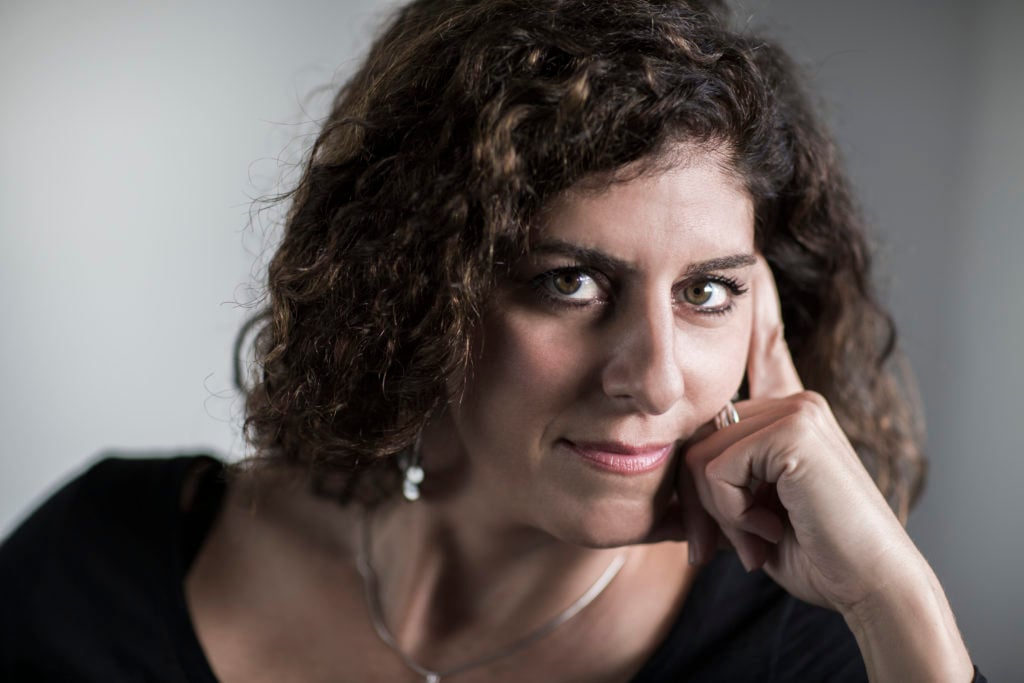Art World
Palestinian Artist Emily Jacir Plans to Transform Her Family Home Into a West Bank Art Center
The house is steps away from the Israel-Palestine barrier.

The house is steps away from the Israel-Palestine barrier.

Henri Neuendorf

The Palestinian artist Emily Jacir has launched a crowdfunding campaign to transform her family’s historic 19th-century home in the West Bank into an independent exhibition space and community art center.
The space will focus on visual art and cinema, and will house a research center focusing on the Jacir Ottoman archives, a rare collection of photos and texts documenting the Ottoman Empire from the late 19th and 20th centuries. Jacir also plans to launch a small residency program and a series of educational talks and activities for the local community, organized in collaboration with the Institute for Palestinian Studies, Bethlehem University, and the arts non-profit Alrowwad.

Emily Jacir won the Venice Biennale’s Gold Lion in 2007, and the Guggenheim Musuem’s Hugo Boss Prize in 2008. Photo: John McRae, courtesy of the artist.
“We envision the center as a place in which the history and the contemporary conditions of Bethlehem will meet, enabling the production of new works of art and visions of the future,” Jacir writes on her page on the crowdfunding site Kickstarter.
The house was built by Jacir’s great great grandfather—the Mukhtar of Bethlehem ( head of the village)—in Bethlehem in 1890. Today, it stands on the front lines of the Israeli-Palestinian conflict, located just steps away from the West Bank barrier wall. “Honestly, we know it is crazy and wildly ambitious to undertake a project like this in a country under occupation and in a house that is on the front lines of confrontations,” she writes, but says, “it is for those very reasons that this project must go forward.”

The initiative seeks to raise money for the renovation. Photo: Kickstarter.
By Jacir’s own account, the building is part of the fabric of the local community and has survived Palestine’s tumultuous history of wars, occupations, and revolutions. “We believe that our role in protecting this house is a very important one, for it is the bridge between our past and our future,” she says.
The artist is collaborating with the architectural preservation group RIWAQ, which has assessed the building and prepared essential restoration work to refurbish the plumbing, electricity, wiring, and roof and to transform the home into a publicly accessible exhibition space and archive. At the time of writing, the fundraising initiative has gathered $23,099, just over half the $45,000 goal. If everything goes to plan, the art center will begin welcoming members of the community in September.
Jacir, who won the Golden Lion for an artist under 40 at the Venice Biennale in 2007 and the Guggenheim Museum’s Hugo Boss Prize in 2008, often creates work about border crises and the history of the Middle East. For her work, Where We come From (2001-2003), she asked 30 Palestinians living abroad and in the occupied territories, “If I could do anything for you, anywhere in Palestine, what it would it be?” Then she carried out their wishes.